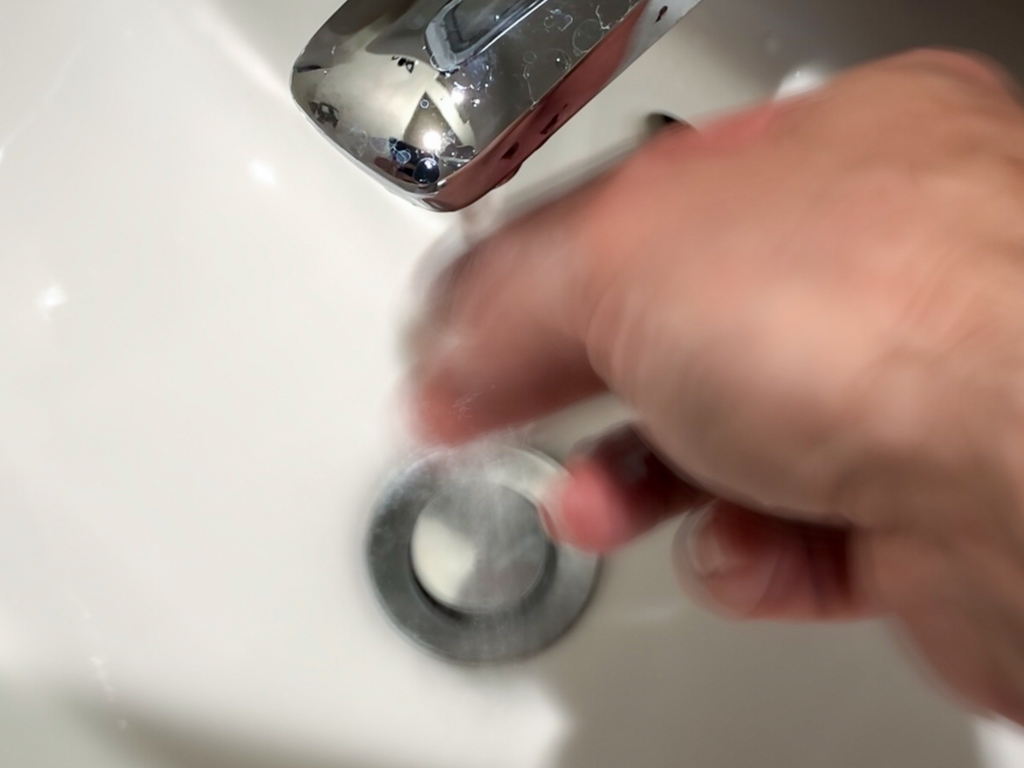These days, in times of social distancing and pandemi coping strategies, washing hands is a topic constantly talked and written about; in the news, among friends and family, on noticeboards and in bathrooms (I even saw a youtube video of the Governor of Tokyo showing people how to wash their hands, which impressed me greatly). So I thought I would do my take on it as well, from the perspective of a man who has been for two years now complaining to his wife over how other men often wash their hands. I call it man-washing, but maybe it applies to women too, I just do not see so many women wash their hands. (And I also really like to keep my image that women do it differently, so for now I will keep calling it man-washing.)
Since coming to Japan, living in Tokyo with the commuting it implies, having a social life, going to study Japanese, accompanying my wife to and from work, I have been frequently frequenting public restrooms in a way I have not done before in my life, and this has given my ample opportunity to study how other men wash their hands. If I allow myself to generalize, I find three categories of washing. The biggest (I want to believe) group of people are doing the half-baked standard-wash, dutifully using some soap (if there is any) and then as quickly as possible rinsing it off their hands. The other types I call virus-washing and man-washing.
Virus-washing is what is recommended, where you wash your hands (all of your hands up to and including the wrist, taking notice of the backside, thumb and under the fingernails as well) for at least twenty seconds. Before the virus, this was the smallest group (after the virus I do not know since I avoid public bathrooms as much as I possibly can). Sometimes this type of washing is combined with gargling, which seems to be practiced in Japan much much more than in Sweden. This virus-washing is what all the talk is about, and so I would guess that no one is no longer unfamiliar with how to properly wash their hands as well as the importance of washing to prevent spread of disease. Which brings me to the last and most interesting category (which is really the reason I write this).

Man-washing is a phenomenon I have seen very much in Sweden as well, but here in Tokyo I have, as I mentioned above, been able to study it closely. When leaving the public restroom, the man-washers walk past the sink, rubbing two or three fingertips (of the hand that has been holding the stuff), together under the water for a few seconds, and then leave. While I am washing my hands, quite a few man-washers have time to change places beside me before I am finished (and I do not believe I previously even did the full virus-wash). Two seconds and three fingertips. That’s it. And it leaves me equally amazed every time (and every time I wonder if those seconds make any difference at all – what about the other fingers, I want to say, what about the other hand).
I cannot wait for the pandemic to be over and life to resume, so I can continue my studies and see if there has been any lasting changes in behaviour resulting from all the hand washing focus. Maybe there will be a follow-up story some day (or a story about the use of phones and eating in public restrooms – oh so many things to complain about).
Share this post
